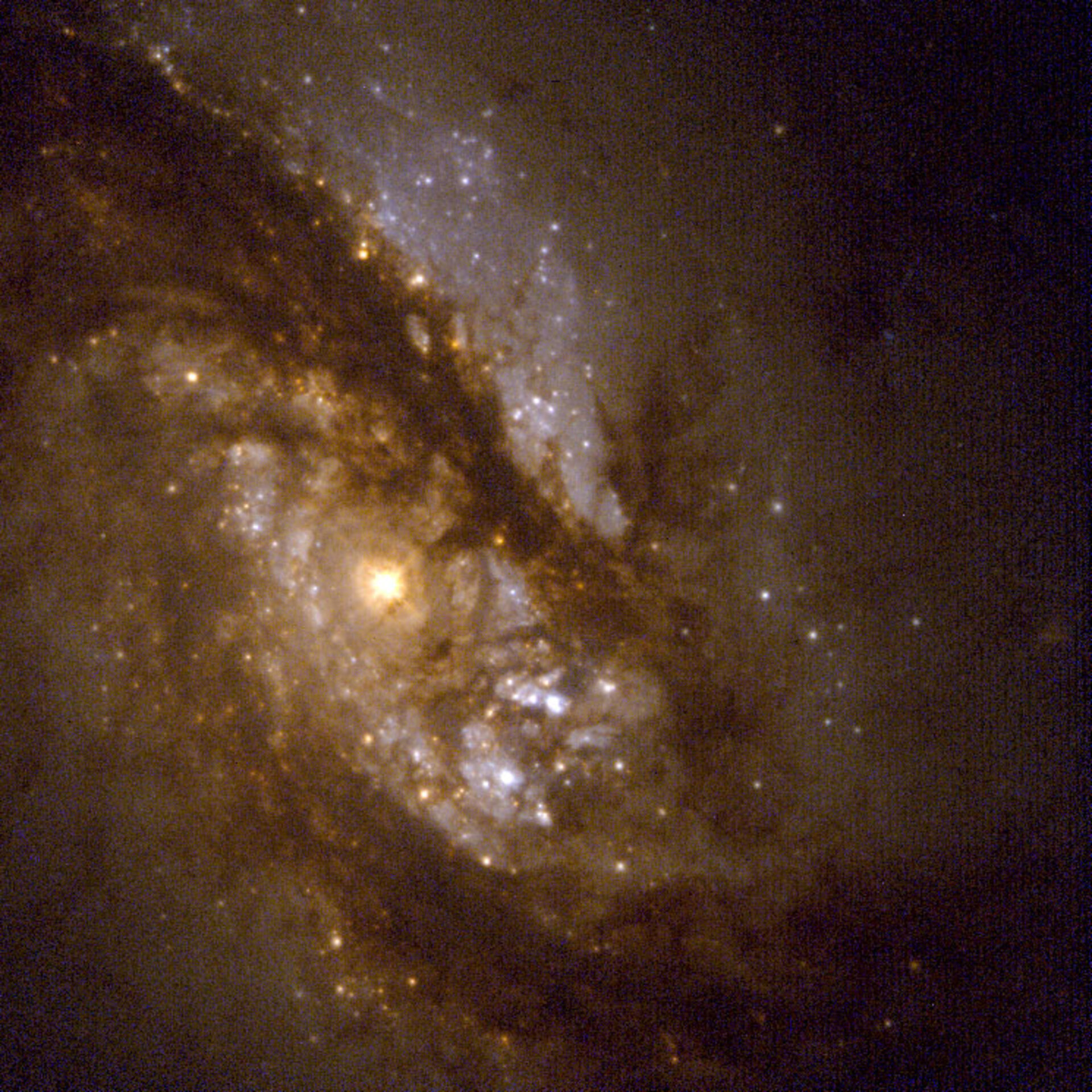

Now that you’ve become a galaxy aficionado, why not put your knowledge to the test!? Arguably the most famous one is the Large Magellanic Cloud, shown above. Many of these galaxies are companions or satellites to larger galaxies.Ī final fun fact: The Milky Way has dozens of irregular satellite galaxies. These galaxies tend to be small, dwarf galaxies t hat lack any distinguishable shape. Irregular galaxies are galaxies that don’t fall under any of the three galaxy types mentioned above. So, it’s safe to say that galactic collisions are a common occurrence in our own universe! Irregular It is believed that peculiar galaxies compose 5 to 10 percent of all known galaxies. Since galaxies are mostly comprised of empty space, it’s unlikely that any two given stars will collide during the event of a galactic collision. Galactic collisions aren’t as action packed as you might imagine. Speaking of galactic collisions, peculiar galaxies are almost always the result of one! Image Credit: Hubble Legacy Archive, NASA, ESA They can range in size from just a few light years across to being larger than our Milky Way.Īnother fun fact: while it is not entirely clear how they form, some scientists propose that elliptical galaxies form as the result of galactic collisions! Peculiar Some are nearly spherical, while others are shaped more like a cigar. Now that’s fast! EllipticalĮlliptical galaxies are given their name because of their oblong shape and lack of overall structure. Some spirals have wide flung arms like the above image of M51, while others have spirals that are more tightly bound.įun fact: our very own Milky Way is a spiral galaxy, and it is rotating at 168 miles per second. The first type of galaxies - spiral galaxies -can be recognized by their wide, flat disks of rotating gas and dust. Image Credit: X-ray: NASA/CXC/Wesleyan Univ./R.Kilgard, et al Optical: NASA/STScI Now, let’s dive in! Types of Galaxies Spiral Scientists have been able to segment galaxies into 4 main types: spiral, elliptical, peculiar, and irregular. The smallest of galaxies contain a “mere” few hundred million stars while the largest galaxies contain up to one hundred trillion stars ! To put it simply, galaxies are huge collections of gas, dust, and stars that are shaped and held together by gravity and dark matter.

Today we’re going to be doing a quick foray into the world of galaxy types! It’s no surprise that with such a large sample size, comes a diverse range of galaxies. In fact, it is currently estimated that there are two trillion galaxies in the known universe! Image Credit: NASA/JPL/STScI Hubble Deep Field Teamĭid you know that up until the last century, humans believed that our Milky Way was the only galaxy in the known universe? Today, we now know that this couldn’t be further from reality.

Header Caption: This Hubble Deep Field image shows a snapshot of the diverse types of galaxies in our universe.


 0 kommentar(er)
0 kommentar(er)
